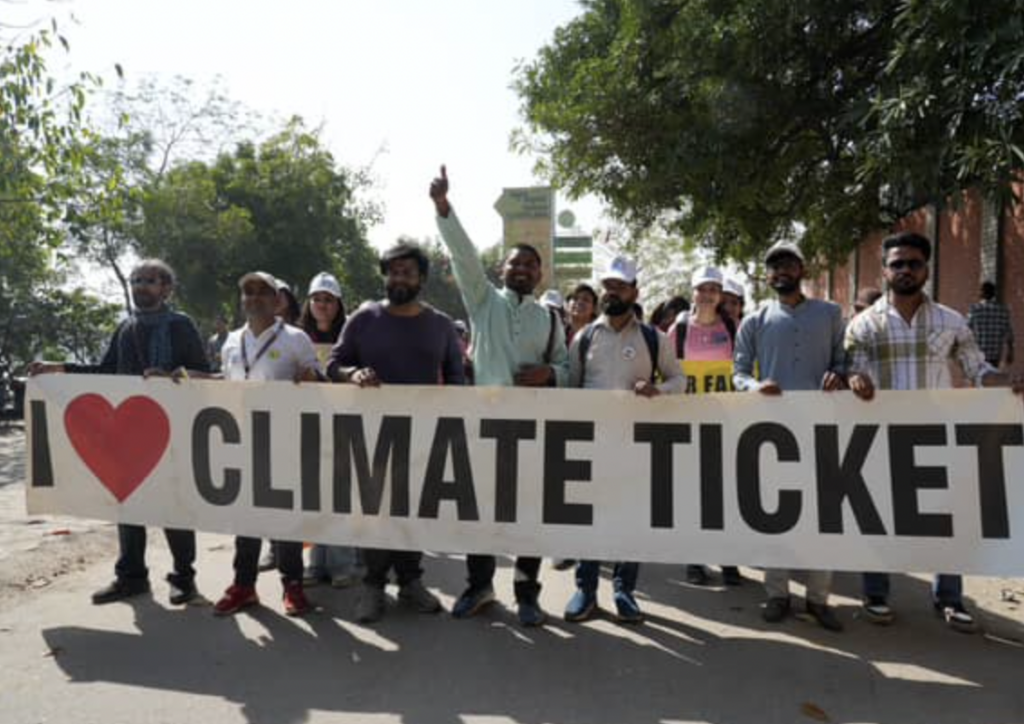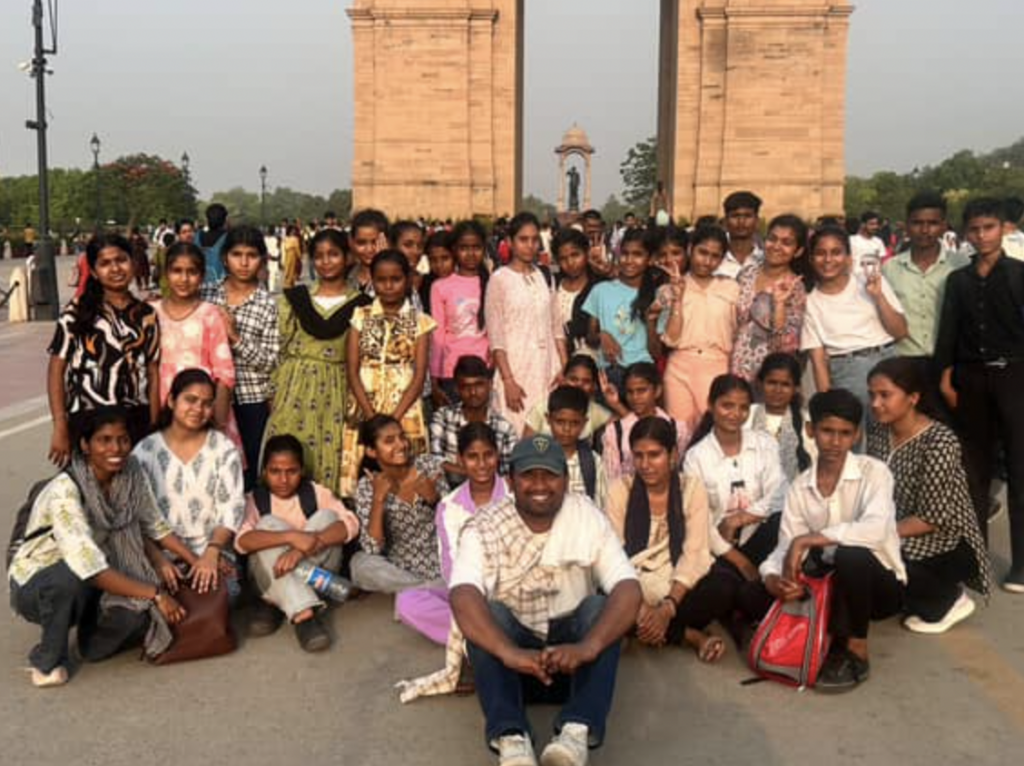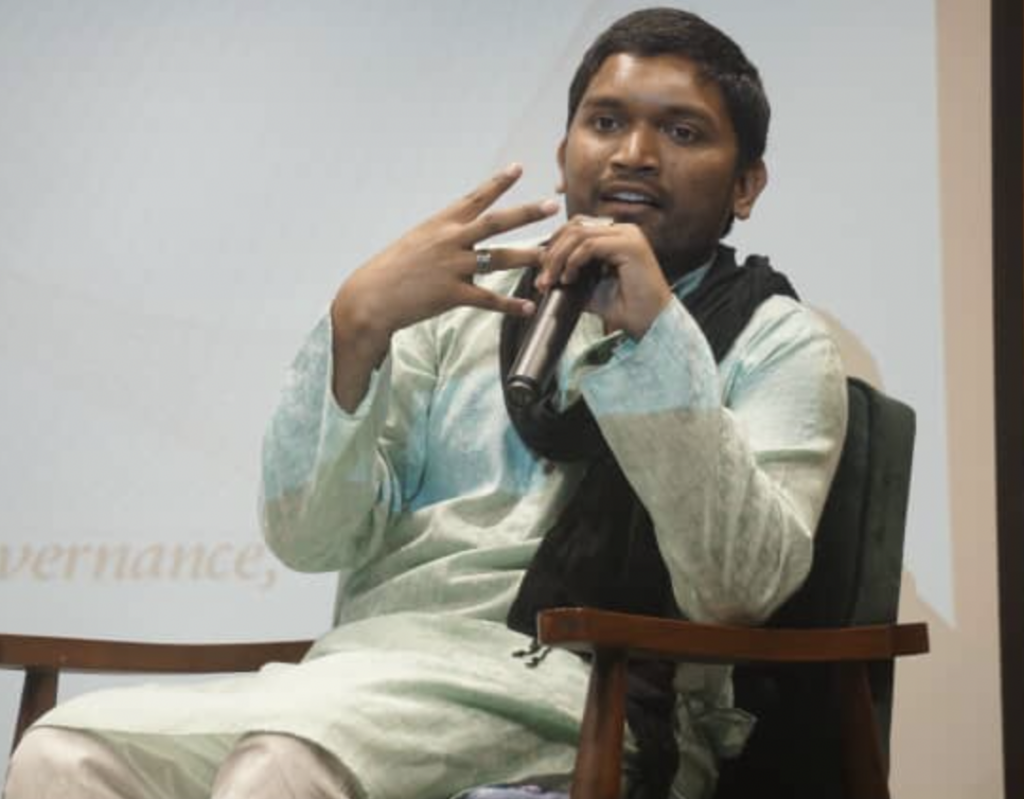Art, Advocacy, and Hope: The Journey of COHAS
Every Sunday, I take a small journey that has changed the way I see life and hope. When I was in 10th class (15 year old), I came across a group of Pakistani refugee children living under the Signature Bridge in Delhi. Their eyes were full of curiosity, but their lives were surrounded by hardship—broken shelters, no proper education, and very little to dream about. Something inside me told me I couldn’t just pass by. I began visiting them every Sunday, at first with no plan, just a desire to sit with them, listen, and play.
Slowly, those Sundays became a rhythm. I realized that these children were hungry not only for food, but also for stories, laughter, and learning. I started bringing small activities—songs, theatre games, and drawing sessions. Their faces lit up every time they were given a chance to express themselves. In their laughter, I found my calling: to create safe, expressive, and welcoming spaces for children and young people who are often left unseen.
This experience became the seed for COHAS (Community of Hope and Support), the organization I founded. At COHAS, we now work with children, adolescents, and youth on two major pillars: Constitutional values and Climate change. Our approach is unique—we use art-based methods like theatre, music, storytelling, and visual arts to help young people understand complex issues in ways that connect to their lives.
In just the last year, COHAS has worked with over 5,000 young people and 6,000 children across Delhi and beyond. We have built initiatives such as the Kal Parvarish Abhiyan, designed by young people to lead neighborhood climate actions. Through our podcasts, reflective nature walks, eco-club collectives, and theatre performances, we have been able to amplify voices and create awareness at both community and city levels.

One of the most special initiatives for me is Kalashala, a School of Art we created in Nehru Nagar’s Adivasi Camp. Here, children who once hesitated to speak now perform in the Samta Theatre Group or sing in the Bandhuta Band, a group of children aged 8–14 who recently performed at Dilli Haat with Delhi Tourism. These children remind me so much of the refugee kids under the bridge—the same spark, now nurtured into confidence and creativity.
What motivates me every single day is the vision of fraternity, equality, love, and justice—values enshrined in our Constitution, but often missing in our lived realities. I have seen how art can break barriers, how theatre can make people talk about silence, and how even a small initiative—like giving a wheelchair to a community member—can restore dignity.
From a few children under the bridge to thousands of young people today, my journey has been about one thing: creating spaces of hope. Spaces where children and youth don’t just survive, but thrive; where they are not just learners, but leaders of change. My dream is to see every community filled with such spaces—where no child feels invisible, and every young person feels powerful enough to shape the future.



